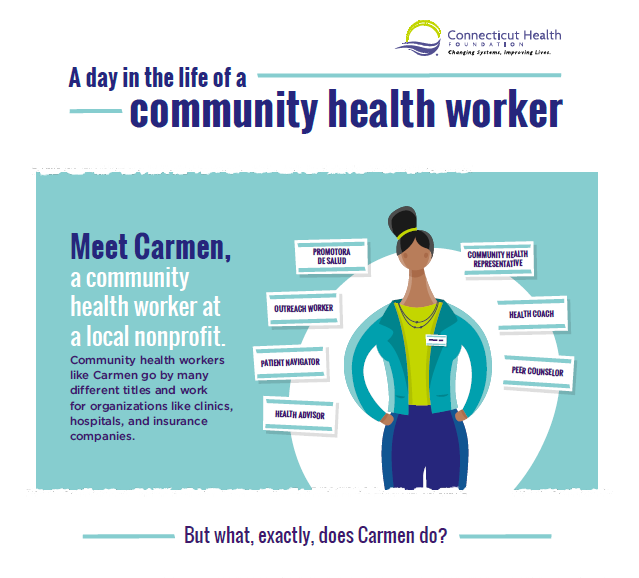Strengthening Neighborhood Medical Care Using Area Collaborations And Sources Introduces A Fresh Point Of View On Healthcare Distribution
Short Article Author-Bryant Vognsen When it pertains to boosting primary care solutions in your area, tapping into area resources and assistance is vital. Picture a network of interconnected companies and groups interacting to enhance healthcare access and top quality in your location. From health departments offering essential data to non-profits offering specialized solutions, each entity adds to a healthier area. But just how precisely do these cooperations unravel, and what techniques confirm most efficient in leveraging these resources for optimum influence? Allow's explore the detailed web of area assistance and its profound effects on primary care solutions.
Relevance of Neighborhood Involvement
Engaging with the neighborhood is vital for fostering a sense of collaboration and trust fund within regional healthcare services. By actively involving community members in decision-making procedures, doctor can much better understand the special requirements and obstacles dealt with by the population they offer. When health care solutions are created in appointment with the area, they're most likely to be effective and well-received. Neighborhood interaction likewise plays an important duty in advertising wellness education and learning and preventative treatment campaigns. By constructing strong connections with neighborhood homeowners, healthcare providers can better communicate essential health and wellness details and motivate healthy and balanced actions within the community. This aggressive technique helps protect against health problems and advertises general well-being amongst area members. Additionally, area engagement cultivates a sense of possession and accountability among doctor. When the neighborhood is involved in shaping medical care services, suppliers are more likely to be receptive to the needs and preferences of the population they serve. recommended site brings about more patient-centered care and enhanced health and wellness end results for the neighborhood overall.
Trick Neighborhood Resources
To efficiently boost primary care solutions in your area, determining and leveraging vital community resources is essential. These sources can include neighborhood wellness divisions, area health centers, non-profit companies, and volunteer teams. Neighborhood wellness departments typically provide beneficial data, proficiency, and assistance for public health initiatives. Neighborhood university hospital use essential medical services to underserved populations, adding to overall area health and wellness. Charitable companies play an important duty in resolving particular health and wellness demands, such as psychological wellness support or chronic illness management. Volunteer groups can supply additional workforce and support for health-related occasions or programs. Institutions and universities are also considerable area sources that can offer wellness education programs, research study collaborations, and accessibility to student volunteers. Faith-based companies may give spiritual and emotional support, as well as sources for neighborhood participants in need. By collaborating with these crucial community sources, medical care carriers can enhance accessibility to care, deal with wellness disparities, and improve general community wellness.
Techniques for Cooperation
Think about leveraging existing partnerships and networks within the neighborhood to establish reliable approaches for cooperation. By using recognized connections, you can streamline communication and sychronisation between different organizations and individuals. Start by determining vital stakeholders who share an usual rate of interest in improving primary care solutions locally. Involve with these stakeholders to develop a shared vision and set clear objectives for collaboration. Create an interaction strategy that lays out just how details will be shared, meetings scheduled, and progress tracked. Make use of innovation such as common online systems or team messaging apps to facilitate simple communication. On a regular basis examine the performance of your cooperation approaches and be open to making adjustments as required. Developing official agreements or Memorandums of Comprehending (MOUs) with companion organizations can assist clear up roles, responsibilities, and assumptions. These agreements can also address potential difficulties ahead of time, guaranteeing a smoother cooperation procedure. Final thought To conclude, neighborhood resources and support are essential for enhancing health care solutions locally. By involving with crucial stakeholders and collaborating with different organizations, primary care companies can better satisfy the demands of underserved populaces and promote neighborhood wellness. By working together, we can ensure that everybody has accessibility to quality medical care and assistance services within their local area. 